I am not an electrical engineer, but I am curious enough and my mind tells me to make a radio circuit.
Now I am into it, so to make one, I need some components, but before that so that I can be a little more into basics of the working of the device, the only device I can't find an explanation for is the LM386 IC.
It is an audio amplifier but its pin-out is not that clear. It shows a simple triangle but no information.
What is it? A logic gate, another IC?
Please explain to me how the LM386 works.
